Weekly Dose of Optimism #162
Meta Ray-Ban Display, World Labs, Waymo Safety, Colossus 2, Delphi-2M, Ambrook
Hi friends 👋 ,
Happy Friday and welcome back to our 162nd Weekly Dose of Optimism. Another week, another heavy dose. We got AR hardware and software launches, new Waymo safety numbers that make scaled FSD all but inevitable, record-breaking datacenter buildouts, AI models that can predict health outcomes, and a total of 5 bonus stories. We aim to please here.
Let’s get to it.
Today’s Weekly Dose is brought to you by… WorkOS
Model Context Protocol (MCP) is becoming a standard for connecting tools to LLMs. But how do you securely authorize MCP servers?
OAuth now provides the answer, with five complementary specs for delegation, token exchange, and scoped access.
The WorkOS advantage:
Pre-built infrastructure that saves engineering time.
Enterprise ready security out of the box.
Implement MCP Auth with WorkOS →
(1) The All-In Podcast (minus Jason) Goes to the White House
Just kidding.
(1) Introducing Meta Ray-Ban Display: A Breakthrough Category of AI Glasses
From Meta
Meta Ray-Ban Display glasses are designed to help you look up and stay present. With a quick glance at the in-lens display, you can accomplish everyday tasks—like checking messages, previewing photos, and collaborating with visual Meta AI prompts — all without needing to pull out your phone. It’s technology that keeps you tuned in to the world around you, not distracted from it.
Google Glass walked so that Meta Ray-Ban Display could run. Earlier this week at Connect, Meta’s annual developer conference and product showcase, Zuckerberg revealed the company’s latest generation AR glasses. While the demo itself was spotted with live-demo mishaps, the product itself is genuinely impressive. It looks cool, delivers real world functionality, and is only $799! Zuck, Boz and the boys cooked here frfr.
The Wayfarer-framed glasses hide a full-color, high-res display and pair with the Meta Neural Band, a wrist strap that reads tiny muscle signals so you can swipe, click, or even “type” without touching a screen. The display (which has gotten really strong reviews) can show messages, give turn-by-turn walking directions, live caption convos or videos, and show camera previews. You can also stream your POV, take calls, and listen to music. These land somewhere in between Airpods/previous versions of the Meta AR glasses and the full-on immersive Apple Vision Pro (which is about 5x more expensive.)
The product hits select shelves on September 30th and my guess is that they’ll sell pretty quickly this holiday season. They represent a big step in technology, but look like normal glasses your mom might wear and are at a very accessible price for a gift. I’m already planning on getting them for my dad for Christmas and letting him play with them for a few weeks.
For more on the glasses, check out this analysis from Ben Thompson and the wall-to-wall coverage, including an interview with Zuck, from the fellas at TBPN.
(2) Generating Bigger and Better Worlds
World Labs
At some point, in Zuck’s vision, AR and VR will converge into one set of stylish glasses. And when that time comes, World Labs will be ready with persistent, navigable, and controllable 3D worlds, generated with just a prompt.
The legendary Fei-Fei Li’s company rolled out its latest world model and Marble, which lets people generate their own worlds. You can see a bunch of them on World Labs’ twitter feed.
After a pretty rocky start (few decades?) for VR and the ~metaverse~, it’s cool to see some pretty mindblowing tech starting to emerge all at once. At their event, Meta Reality Labs also rolled out Hyperscapes, which allows people to capture their environments and turn them into 3D models viewable in the Quest headset.
Will this stuff ever replace good ol’ fashioned IRL hangs? I sure hope not. But for the time we’re spending digitally anyway, whether online or watching stuff, it might as well be more beautiful, interactive, and fun.
From Waymo
The data to date indicates the Waymo Driver is already making roads safer in the places where we currently operate. Specifically, the data below demonstrates that the Waymo Driver is better than humans at avoiding crashes that result in injuries — both of any severity and specifically serious ones — as well as those that lead to airbag deployments.
Back in the real world, Waymo is making it a much safer place to be, even if everyone is walking and driving around exploring virtual worlds in their Meta Ray Bans.
This week, Waymo released additional safety data on its vehicles and the results are quite convincing. Waymos experienced ~90% fewer crashes, 80% fewer injury-causing crashes ~78% fewer airbag deployments. That’s pretty wild. From my perspective, humans cause a surprisingly low amount of crashes given the circumstances…we’re all semi-distracted, hurling 5,000lb hunks of metal at 70mph+ speeds down winding and under-maintained roads. But despite the miraculous ease which we all drive everyday, more than 100 people die every day in the US from car crashes. With FSD, we can avoid 9 out of those 10 crashes and reduce the severity of the crashes that do happen.
So with Waymo (and Tesla and some Chinese players) what we have is this technology that makes driving a step-change safer, more convenient, and ultimately will make it much cheaper. It’s a win, win, win. And that win, win, win is starting to become hard to ignore for major cities. SF, Austin, Vegas, Phoenix are already pretty bought in and just this week Waymo and Lyft announced it’ll bring its services to Nashville. Soon, there will not be a single bachelor or bachelorette party that happens outside of a self-driving/robotaxi city.
(4) xAI’s Colossus 2 – First Gigawatt Datacenter In The World
From SemiAnalysis
The Colossus 2 project was kicked off on March 7th, 2025, when xAI acquired a 1m sqft warehouse in Memphis, and two adjacent sites totaling 100 acres. By August 22nd, 2025, we count 119 air-cooled chillers on site, i.e. roughly 200MW of cooling capacity. That’s enough to power roughly 110k GB200 NVL72. And an Elon tweet shows some racks were already installed in July.
xAI built in six months what took 15 months for Oracle, Crusoe and OpenAI!
Big couple of weeks for the great technology hub that is Tennessee. First, Waymo is coming to Nashville. Now, according to SemiAnalysis, xAI is in the process of building the first ever Gigawatt datacenter within The Volunteer State.
xAI’s Colossus 2 is pacing to be world’s first gigawatt-scale AI datacenter, which is more than triple the size of its already record-setting Colossus 1. Colossus 1 was constructed on a famously quick timeline. And Colossus 2 construction is keeping up the breakneck pace. In just six months, xAI converted a Memphis warehouse into a 200 MW facility, outpacing its hyperscaler competitors like Oracle and OpenAI which achieved similar buildouts in a tortoise pace of 15 months.
To make it happen, xAI did have to pull off some classic Elon magic. The company circumvented Tennessee permitting restrictions by using a decommissioned power plant just across state lines in Mississippi to power the data center. A lot more Elon magic is needed to get Colossus 2 fully operational, as the buildout is expected to cost an additional tens of billions of dollars. But if there’s any man who can finance a 11-figure data center, it’s Elon Musk. Welcome back, Elon.
(5) Learning the natural history of human disease with generative transformers
Shmatko et al in Nature
Delphi-2M predicts the rates of more than 1,000 diseases, conditional on each individual’s past disease history, with accuracy comparable to that of existing single-disease models. Delphi-2M’s generative nature also enables sampling of synthetic future health trajectories, providing meaningful estimates of potential disease burden for up to 20 years, and enabling the training of AI models that have never seen actual data.
Remember that movie Big Fish? Ewan McGregor plays the young Edward Bloom, a dying man recounting a lifetime of fantastical tall tales. Well one of those tall tales always stuck with me. Bloom meets a witch who shows him the exact vision of his own death in her glass eye. Knowing when and how he’ll die means Bloom moves through life fearless.
Knowing how you’ll die may be freeing, but predicting the diseases you might endure is more than freeing; it could be lifesaving. Delphi-2M is getting close. The AI model predicts risk for 1,000+ diseases decades ahead using just routine health records.
Trained on 400,000 anonymized UK Biobank participants and tested on 1.9 million Danes, it matched or beat existing single-disease tools like QRisk for heart disease without ever seeing Danish data. The model can map entire health trajectories, revealing how past diagnoses shape future risks, and even generate synthetic patient data to train other AIs without privacy issues. It excels at conditions with steady progression (heart disease, diabetes, sepsis) and can flag population-level disease burdens years in advance, helping systems plan for aging societies.
According to the research team behind the model, it’s still 5-10 years out from clinical use but they are exploring potential commercialization now and adding new data sources like genomic data to make it more accurate.
Bonus: A Cheeky Pint with Ambrook CEO Mackenzie Burnett
John Collison and Mackenzie Burnett
Mackenzie Burnett joins John Collison to talk about American agriculture, labor and immigration challenges, building rural resilience, ERPs, the principle of money movement, and carrying 50lbs of pork on Amtrak.
Packy here. A couple months ago, I spoke with Mackenzie Burnett, the founder and CEO of our portfolio company, Ambrook, for a follow-up to her initial Founder’s Letter. You can watch our conversation here.
This past week, Mackenzie went on Cheeky Pint with Stripe co-founder John Collison to talk about what she and the team are building at Ambrook, and as importantly, why.
Mack has been on a hot streak of my favorite podcasts, first on Dialectic, now on Cheeky Pint. I love to see it. The dream that we write about every week here in the Dose isn’t the American Dream if not everyone who is willing to work hard and contribute can participate.
Ambrook is making it easier for small businesses to build great businesses, starting with farms, and the country will be a better place when they succeed. Getting on the Stripe megaphone should help accelerate the Dream.
DOUBLE TRIPLE QUADRUPLE QUINTUPLE BONUS
It was a big week out there. Sharing a few more for an extra little jolt of optimism:
Valar Atomics broke ground in Utah alongside its partner, Kiewit, at the San Rafael Research Center for its first reactor, Ward250. Big step in the race to criticality by America’s 250th birthday.
Arc Institute released its preprint, “Generative design of novel bacteriophages with genome language models.” The scientists are out there building models that can design entire genomes.
Vast Space has fully welded and will soon begin testing on Haven-1, the world’s first commercial space station. Click to watch the video of that beauty.
Claude - Keep Thinking. Anthropic, the company behind Claude, released a beautifully optimistic ad about the times we live in. There’s never been a better time to do…anything, really.
Have a great weekend y’all.
Thanks to WorkOS for sponsoring. Go securely authorize MCP servers. All the cool kids are doing it.
We’ll be back in your inbox next week.
Thanks for reading,
Packy + Dan

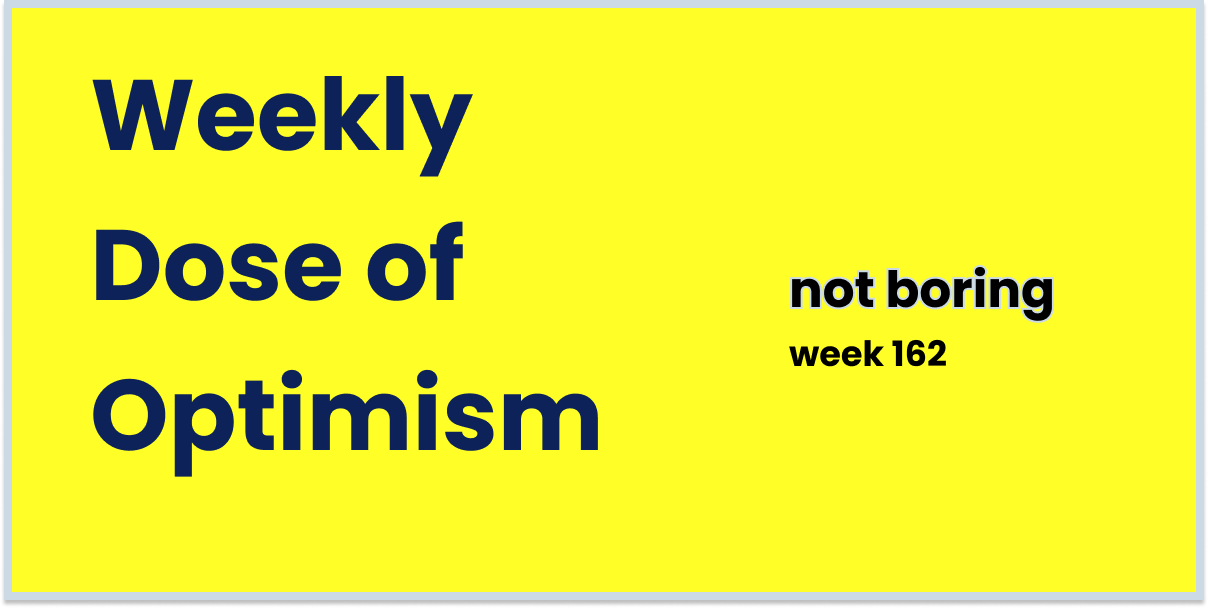
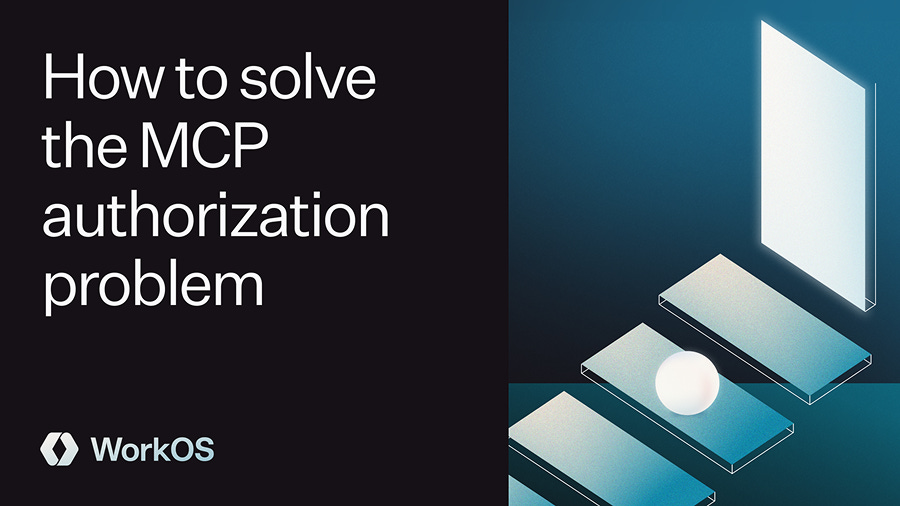
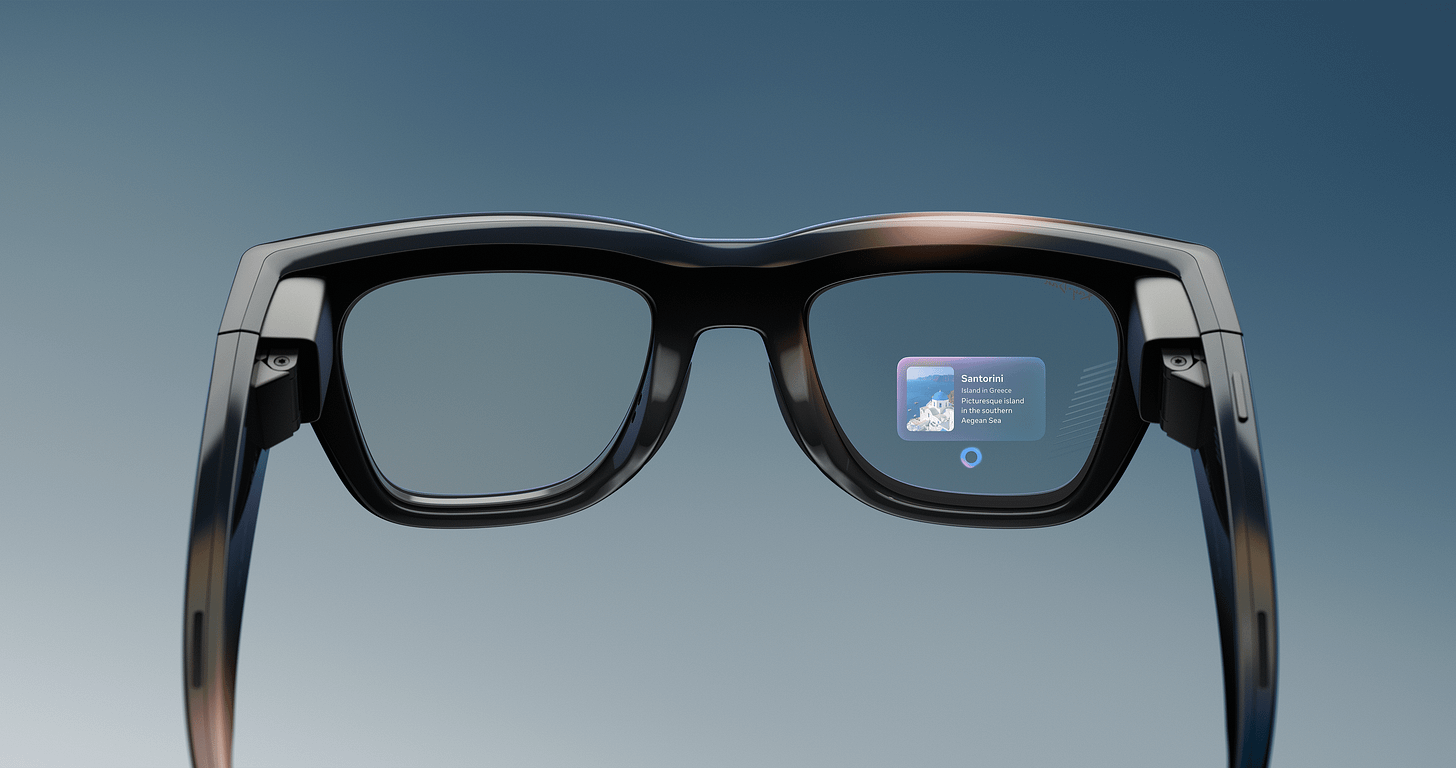
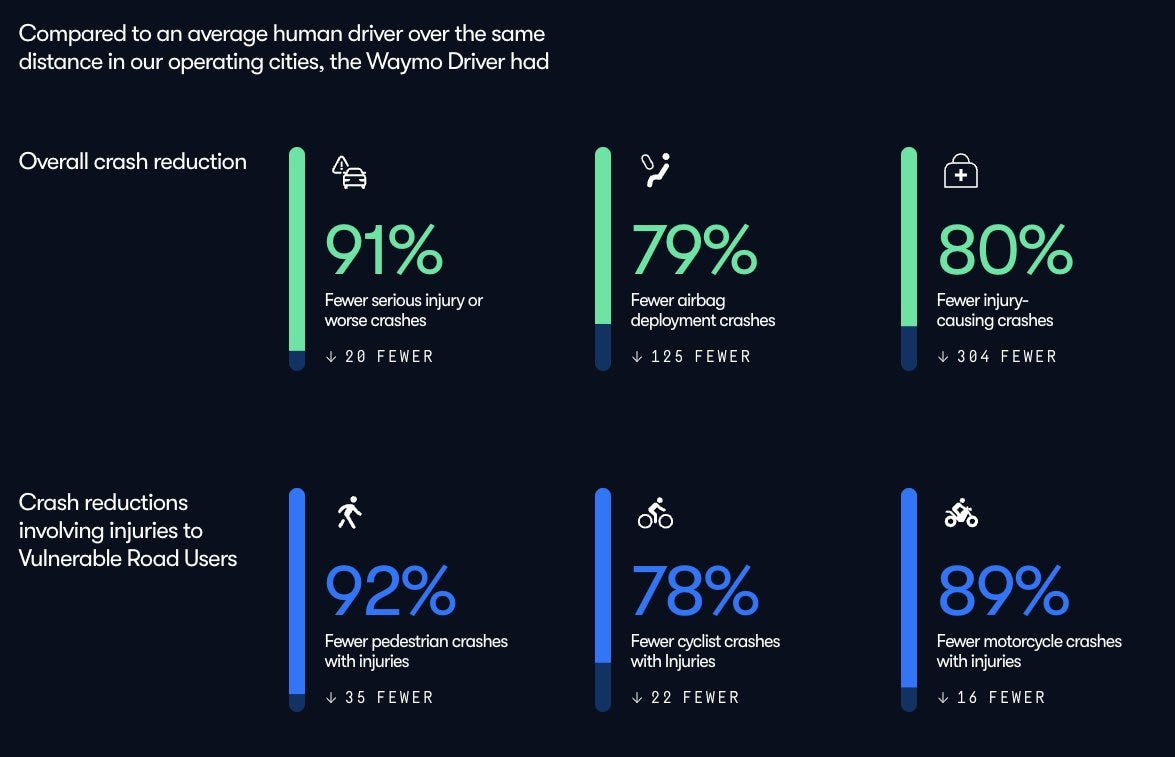
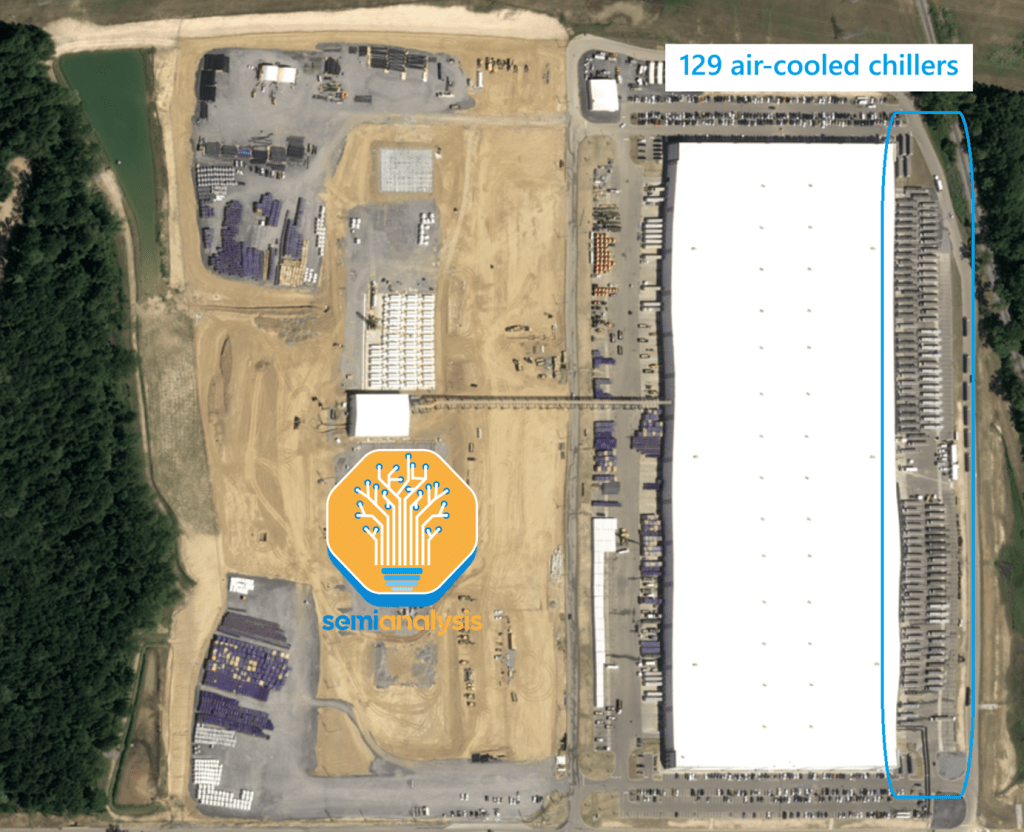
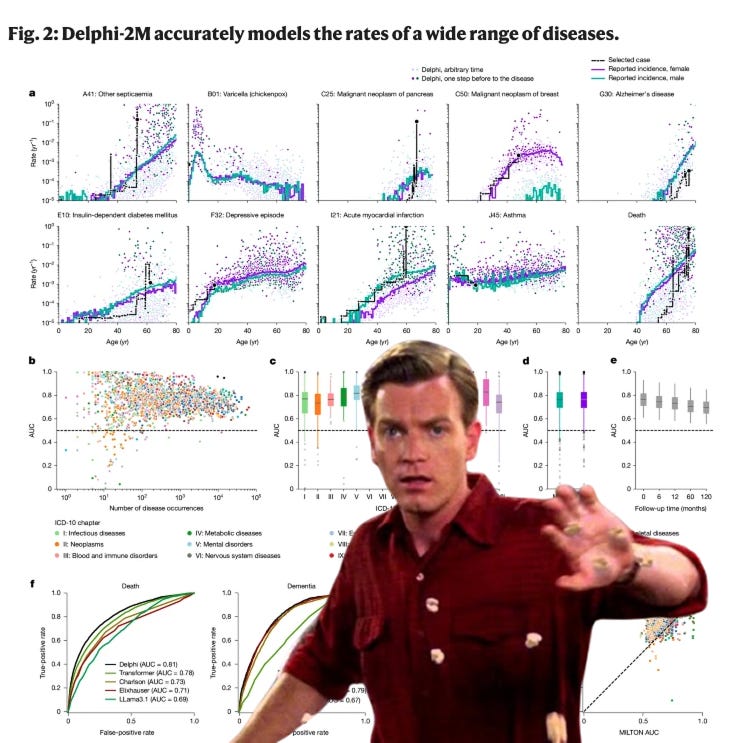
DELPHI-2M... is this for real?? The future is here
Good work Boys- it was refreshing to see you finally come clean on your SOP for driving!